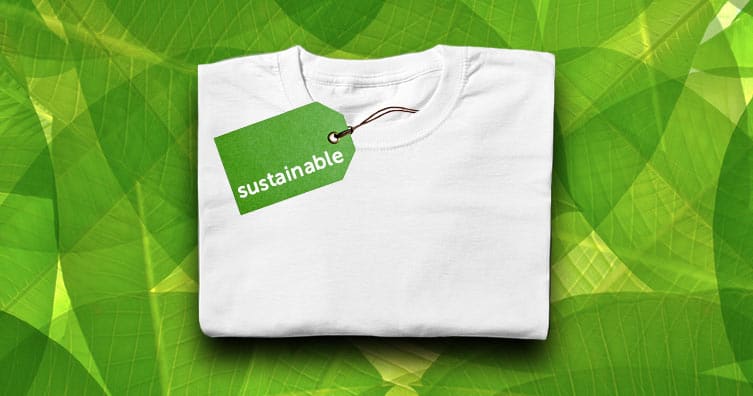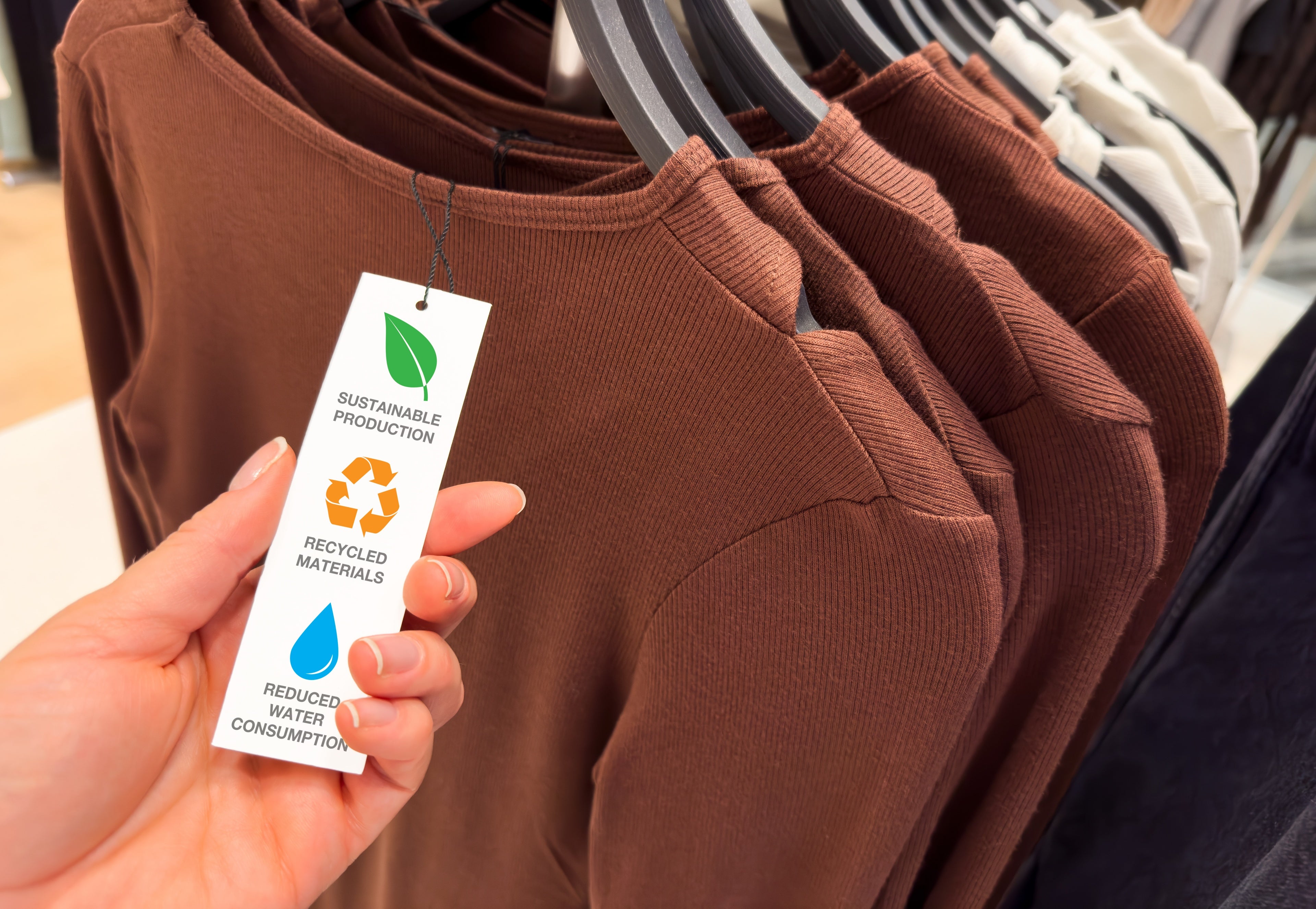Supporting Neighborhood Cape Town Sustainable Fashion for a Greener Future
Supporting Neighborhood Cape Town Sustainable Fashion for a Greener Future
Blog Article
Stay Ahead of the Curve by Discovering Ingenious Fashion Patterns
In a market as dynamic as style, staying in advance involves even more than simply complying with existing fads-- it demands an exploration of innovation. The convergence of modern technology and style declares a new period of customer involvement.

Accepting Smart Textiles
Over the last few years, the apparel industry has actually witnessed a transformative shift with the combination of smart fabrics, an advanced innovation that mixes innovation with textile. This development stands for not only a fusion of visual appeals and functionality yet also a significant jump towards sustainability and customization in fashion. Smart fabrics, likewise understood as e-textiles, installed innovative electronic devices such as sensing units and conductive strings within the textile, enabling garments to engage with the wearer or the atmosphere.
These fabrics are created to check physiological parameters, such as heart price or body temperature level, supplying real-time wellness analytics. Past wellness applications, wise fabrics are also being utilized for flexible garments, which can change shade or pattern in reaction to ecological stimuli, therefore offering a vibrant style experience.
Additionally, the advancement of energy-harvesting textiles that produce power from motion or sunlight is leading the way for self-sufficient wearable technology. This advancement is appealing to environmentally aware customers and designers intending to lower the eco-friendly footprint of fashion. As r & d in this area breakthrough, smart textiles are expected to become progressively prevalent, reshaping the landscape of contemporary style with their multifunctional capacities.
The Increase of 3D Printing
Changing the production landscape, 3D printing has actually arised as a game-changer in the fashion business. This advanced technology has actually allowed designers to push the limits of creative thinking, producing complex and tailored garments that were previously unbelievable. By leveraging electronic layout and additive production, 3D printing assists in the development of complex geometries and patterns, enabling developers to trying out new appearances and frameworks.
A significant benefit of 3D printing in style is its capacity to create on-demand, reducing waste and minimizing supply requirements. This effectiveness not only enhances production processes however also permits rapid prototyping, making it possible for designers to bring their visions to life in a much shorter duration. Additionally, 3D printing supports customization to a level unmatched by traditional methods, using one-of-a-kind layouts and individualized fits tailored to specific customer preferences.
The increase of 3D printing has likewise equalized style, making it accessible to emerging designers that can currently fabricate premium items without significant monetary investment in traditional manufacturing framework. As modern technology proceeds to advance, the apparel industry is positioned to harness the full possibility of 3D printing, exploring brand-new products and methods that will certainly redefine how style is developed and created.
Sustainable Style Innovations
As the apparel industry grapples with the pushing requirement for environmental responsibility, lasting style advancements have arised at the center of transformative adjustment. The expanding recognition of environmental influence has actually sustained a shift towards more eco-conscious methods and products. Designers and brands are currently prioritizing sustainability, incorporating techniques that decrease waste and decrease carbon footprints.
One considerable advancement is the rise of circular fashion, which highlights recycling and upcycling to extend the lifecycle of garments. This strategy not just decreases waste yet also motivates customers to adopt a much more mindful method to clothes usage. In addition, the usage of lasting products, such as natural cotton, hemp, and recycled polyester, has gained traction. These materials require less water and energy throughout manufacturing, significantly reducing ecological influence.
An additional innovation hinges on the fostering of ingenious dyeing techniques that make use of natural dyes or waterless procedures, thus minimizing the vast amounts of water and chemicals generally used in textile dyeing. Furthermore, advancements in biotechnology have actually caused the production of lab-grown natural leather and materials, providing environmentally pleasant and cruelty-free choices to standard products. Through these pioneering initiatives, the apparel industry is making significant strides in the direction of a much more lasting future.

Tech-Integrated Clothing
Tech-integrated apparel represents an innovative fusion of style and technology, improving how individuals engage with their clothing. This innovative domain is noted by the addition of clever textiles and ingrained digital parts, improving both performance and aesthetic allure. From health and fitness trackers embedded in sports apparel to heated coats controlled using mobile phone apps, tech-integrated apparel provides consumers extraordinary ease and versatility.
Pioneering brands are driving this trend, concentrating on developing garments that reply to environmental stimulations or user website here commands. For circumstances, some garments can transform shade or pattern in action to temperature changes, while others include biometric sensing units to check health and wellness metrics like heart rate or stress levels. The seamless integration of innovation right into textiles likewise prolongs to environmental sustainability, with initiatives to develop self-cleaning textiles or garments that adjust to weather problems, thus lessening the demand for numerous layers.
Moreover, the advent of wearable technology is not simply limited to apparel however reaches accessories like watches and eyeglasses, more broadening the scope of tech-integrated style. As the sector remains to innovate, the capacity for customization and customization in apparel grows, providing consumers one-of-a-kind, tech-enhanced fashion experiences that provide to their specific requirements and choices.
Future of Virtual Fashion
In the last few years, the future of virtual style has become a transformative force within the sector, leveraging developments in electronic modern technology to redefine how fashion is developed, experienced, and eaten. By integrating increased truth (AR), online fact (VIRTUAL REALITY), and 3D layout devices, developers can currently craft immersive and interactive experiences that go beyond typical fashion borders. Virtual style permits the production of garments that exist exclusively in digital environments, supplying unlimited possibilities for development without the constraints of physical manufacturing.
This digital shift not just presents chances for creative expression yet also addresses sustainability problems fundamental in typical fashion methods. Cape Town Sustainable Fashion. By eliminating the requirement for physical sources, digital fashion decreases waste and Going Here reduces carbon impacts. Moreover, the rise of virtual fashion lines up with the raising customer need for tailored and unique experiences, as digital garments can be tailored and customized to private preferences effortlessly

Final Thought
The fashion sector's future lies in the integration of cutting-edge modern technologies and sustainable techniques. Virtual fashion is positioned to redefine customer communications.
In recent years, the style sector has actually witnessed a transformative shift with the assimilation of smart fabrics, a sophisticated technology that mixes modern technology with textile.As the fashion sector grapples with the pushing he said requirement for environmental duty, lasting style technologies have actually emerged at the leading edge of transformative modification.In current years, the future of digital fashion has arised as a transformative pressure within the industry, leveraging innovations in digital modern technology to redefine how style is produced, experienced, and eaten. The increase of digital fashion aligns with the raising consumer need for one-of-a-kind and individualized experiences, as virtual garments can be customized and tailored to specific choices with convenience.
The style market's future lies in the integration of ingenious technologies and sustainable techniques.
Report this page